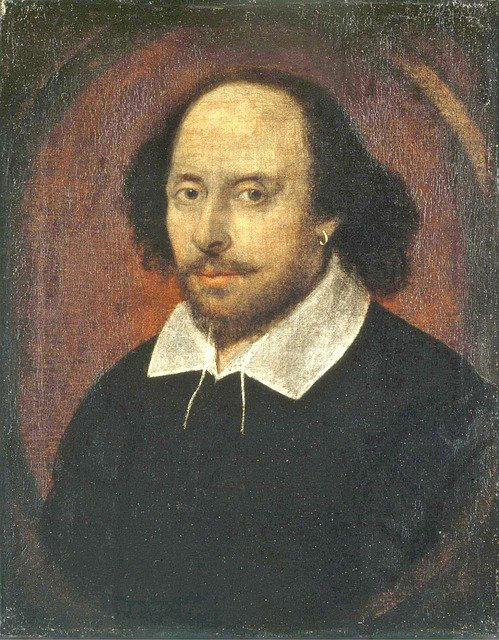Usually when people are encouraged to read the classics, they are given reasons like “you just have to, it’s a classic!” or “they’re the best books!” While these claims may occasionally be true and a classic book may actually be a good read, many people find them dull and far too dense to enjoy. These people might even begin to question why a book is even considered a classic in the first place.
There isn’t exactly a straight answer to that question due to several factors that have been attached to the classification. What most “classic” books have in common is that they are considered part of the literary canon. However, being a classic does not mean being a part of the canon, and being part of the canon does not mean being a classic. According to Sheree, these are two separate but related terms. I would argue that it’s higher praise for a book to be called a classic than to be a part of the literary canon because the current state of the literary canon does not effectively represent the entirety of the publishing landscape of any time period.
For a book to be added to the canon means that it is considered among the most influential and important works of literature, that it’s essential. For the most part, it is the highest ranked scholars who choose what is canonized. If you were to look up the current English literary canon right now on Wikiversity, I would say at least a quarter of the works listed are not essential or the most important of their time. Just by looking at the amount of Thomases, Johns, and Henrys on the list, it’s clear that the scholars who established the list were not concerned with any kind of equal representation.
During my undergrad degree in Literature, I took a lot of classes that basically had us read through a list of what my professors thought we should know in whatever subject the class was on. For example, I took Shakespeare, Women’s Literature, two different British Literature classes, two American Literature classes, etc. Although my professors did their best to make the readings as diverse as possible, there were some topics that just didn’t have much more than white European men for authors. I kept waiting for a more diverse set of people, and it took about until the list reached the twentieth century.
Around this time, there was something of a reassessment of the literary canon as many started to notice this lack of representation for women, BIPOC, and queer authors. Lists were made specifically for these different groups of people, however short they currently are. Despite this, much of this expansion has yet to really integrate itself into the social consciousness. Of course, most people are now aware of the prowess of Toni Morrison and Maya Angelou as writers but don’t know that they are also considered part of the African American literary canon.
When I was reading the prose and poetry of some of these older authors I couldn’t help but think, “Why are these works still considered so important? I’ve never heard of this person or their work.” I came to the conclusion that even though many of these authors are still considered important to scholars, they have little to no effect on the majority of society anymore. The only time the average person will come across a work like Thomas De Quincey’s Confessions of an English Opium-Eater is if it’s made into a movie or they stumble across it online. Overall, the literary canon leaves a lot to be desired in a modern society like ours, but if you’re recommended the classics to read, maybe, just maybe, give one a shot. I recommend Bram Stoker’s Dracula.

